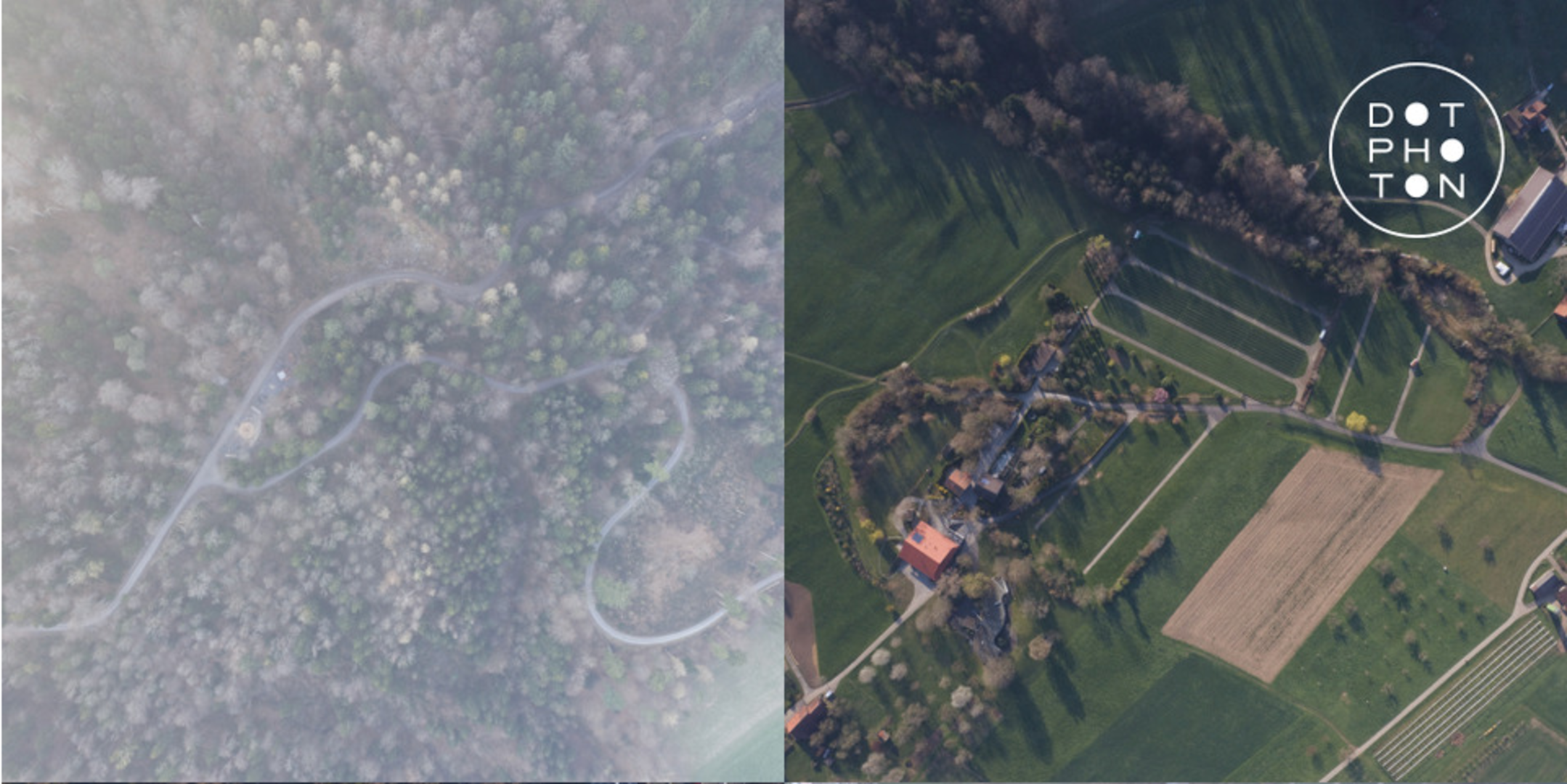Raw Image Compression targets AI data analysis
Improvements in artificial intelligence mean more and more Earth observation data can be analysed in larger quantities and faster than ever before. At the same time, image compression can provide both a performance boost and make systems more economical. Yet most high-performance compression methods have been tuned to the human eye, rather than developed for machine vision and AI. This has led to methods which generate artefacts that, although invisible, limit the performance of advanced AI algorithms. Compression that targets AI and high radiometric accuracy applications are needed.
A GSTP activity with DotPhoton in Switzerland, which is being run under GSTP’s Element 1, will bring these software solutions to a higher maturity level by exploring two possible paths towards a possible hardware implementation. The paths are based on one of two possible technologies, either vision processing units (VPU) or Field Programmable Gate Arrays (FPGA).
The activity developed a raw image compressor with metrological quality, high speed and a high compression ratio with the caveat that any compressed images must still be suitable for any post-processing task, including advanced AI algorithms.
The target of the activity was to implement the compressor for space applications, as software, with the programming language called VHDL and on an Intel Movidius VPU.
The image compression was thoroughly tested and validated as part of the activity. The software which implements the image compression/decompression was brought to TRL4, and was shown to have a high performance in terms of speed and efficiency.
Both the VHDL implementation and VPU reached TRL3 with very low energy consumption and provided important insights on the use of machine learning for compression technology. The various implementations were compared to each other and compatibility between hardware and software versions was verified.
The activity confirmed that raw images maintained their quality even when compressed down to a ratio of 10:1. Ultimately, this could reduce costs for data transfer and data storage for ESA’s Earth Observation programme by a factor of 3.
Next, the activity plans to improve on-board and ground-based compression to TRL 5.
G617-241TAdk is a GSTP De-Risk activity, which closed in October 2020.















 Germany
Germany
 Austria
Austria
 Belgium
Belgium
 Denmark
Denmark
 Spain
Spain
 Estonia
Estonia
 Finland
Finland
 France
France
 Greece
Greece
 Hungary
Hungary
 Ireland
Ireland
 Italy
Italy
 Luxembourg
Luxembourg
 Norway
Norway
 The Netherlands
The Netherlands
 Poland
Poland
 Portugal
Portugal
 Czechia
Czechia
 Romania
Romania
 United Kingdom
United Kingdom
 Slovenia
Slovenia
 Sweden
Sweden
 Switzerland
Switzerland


























